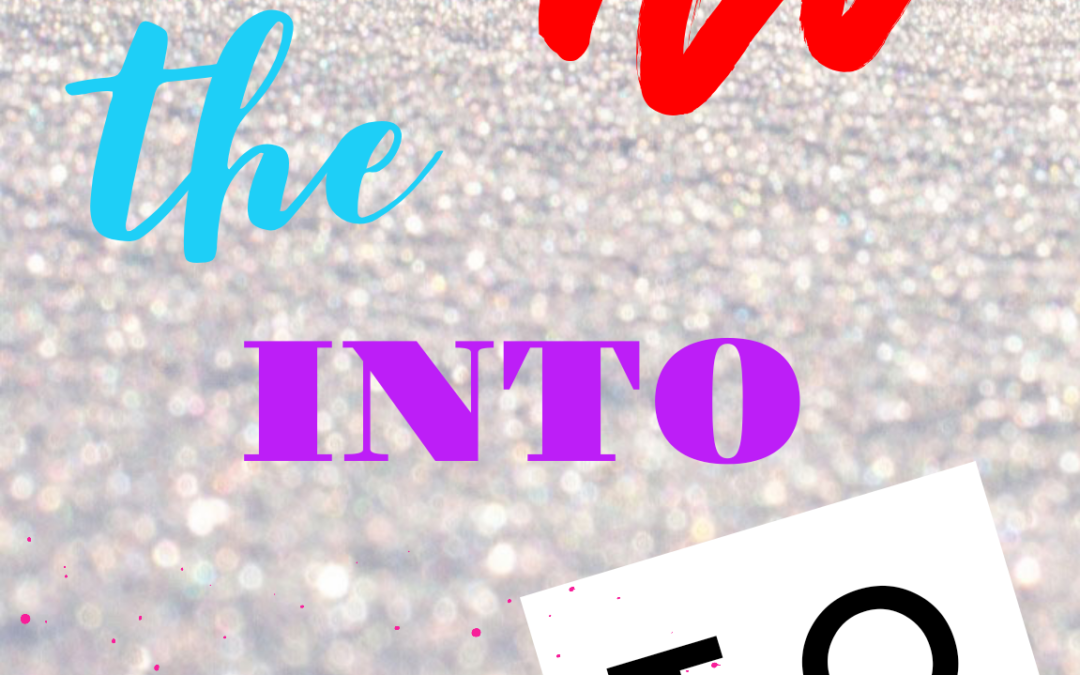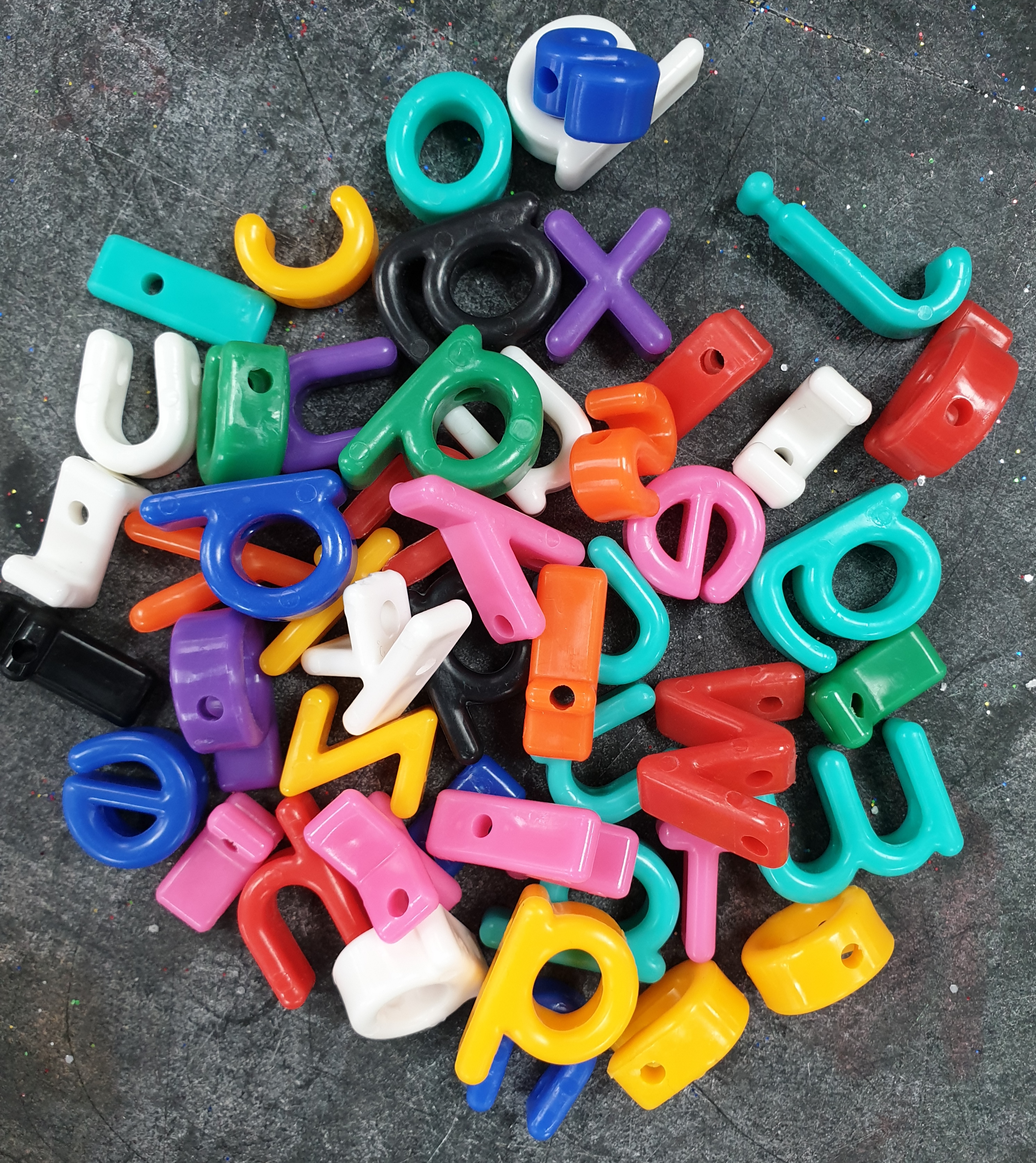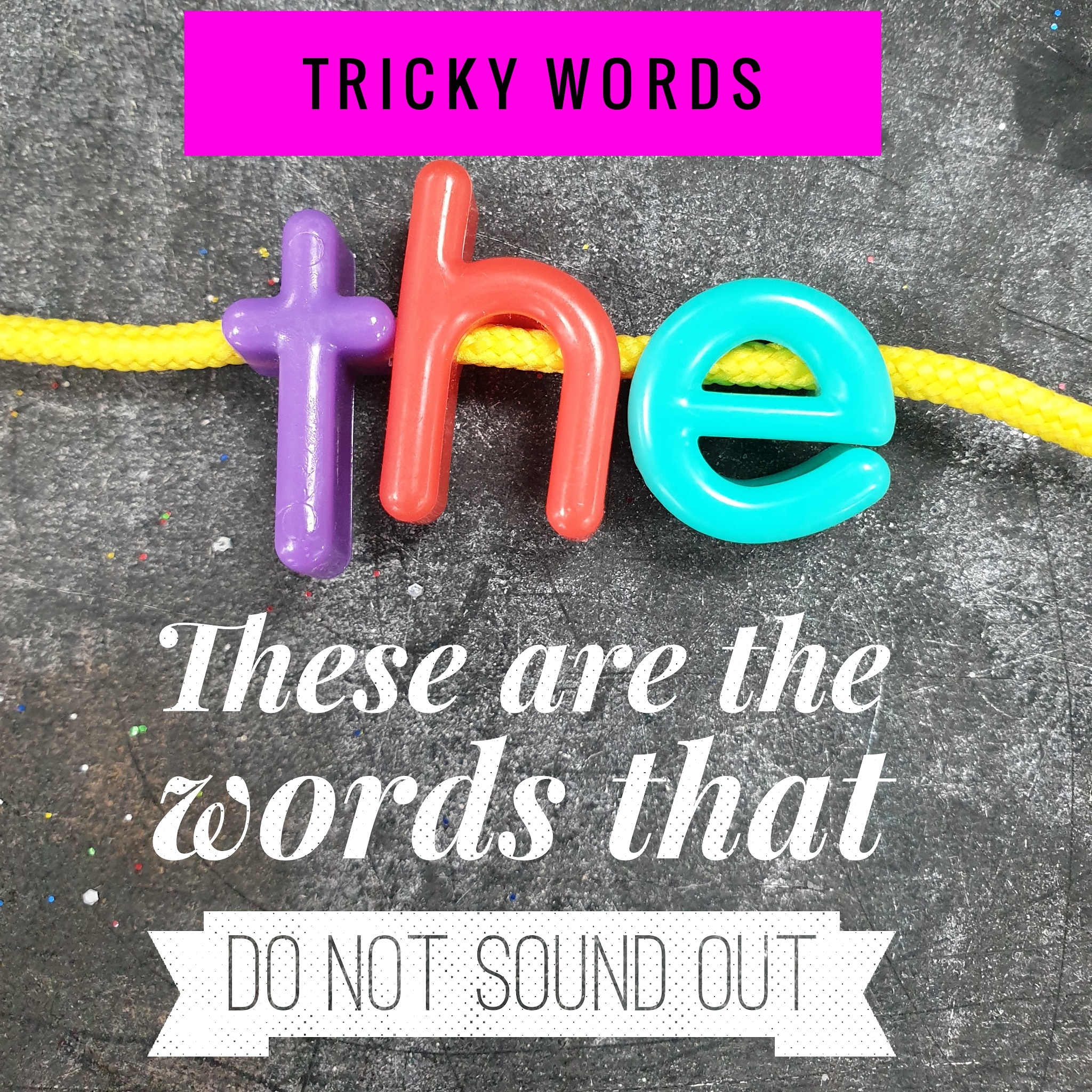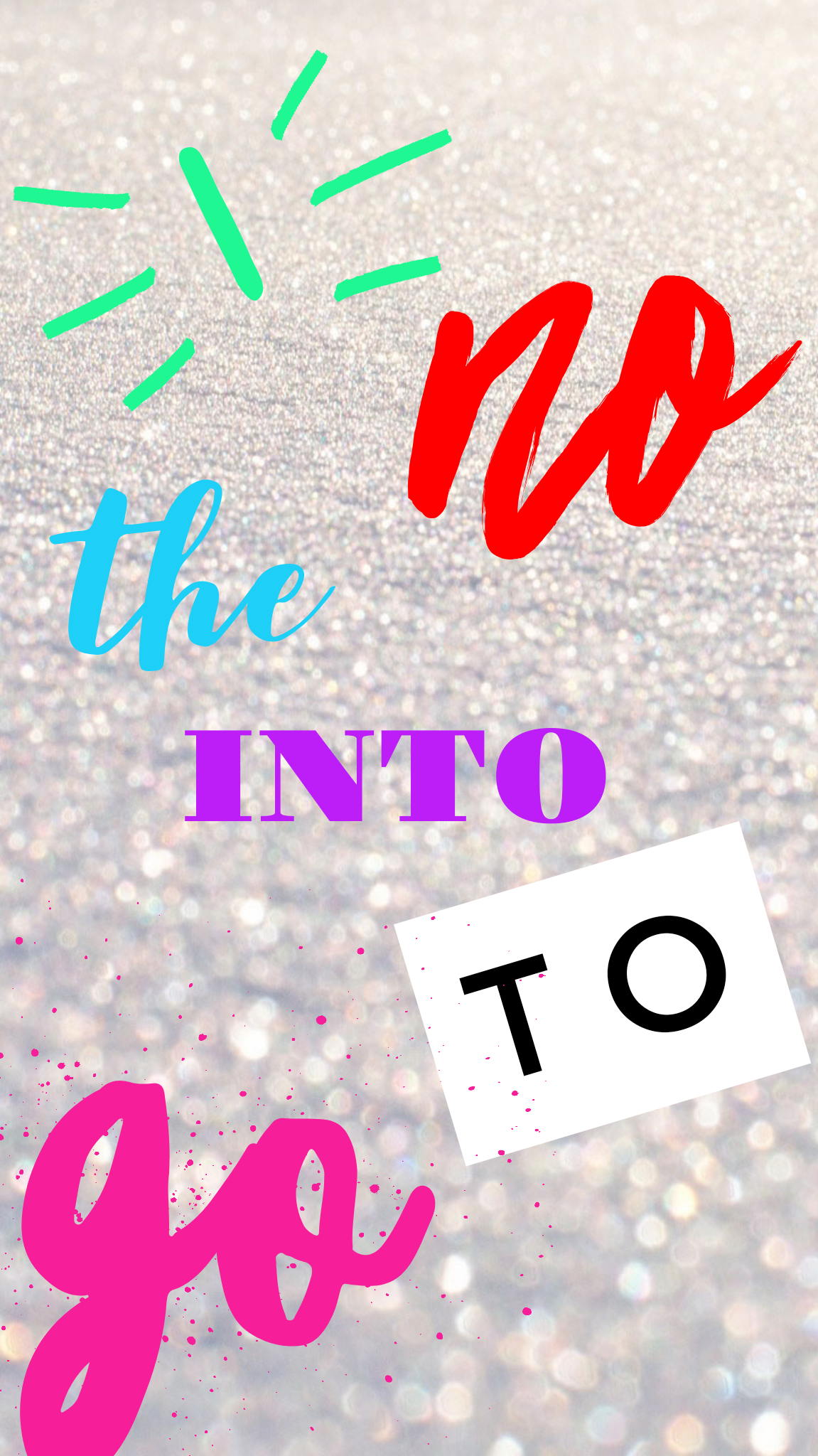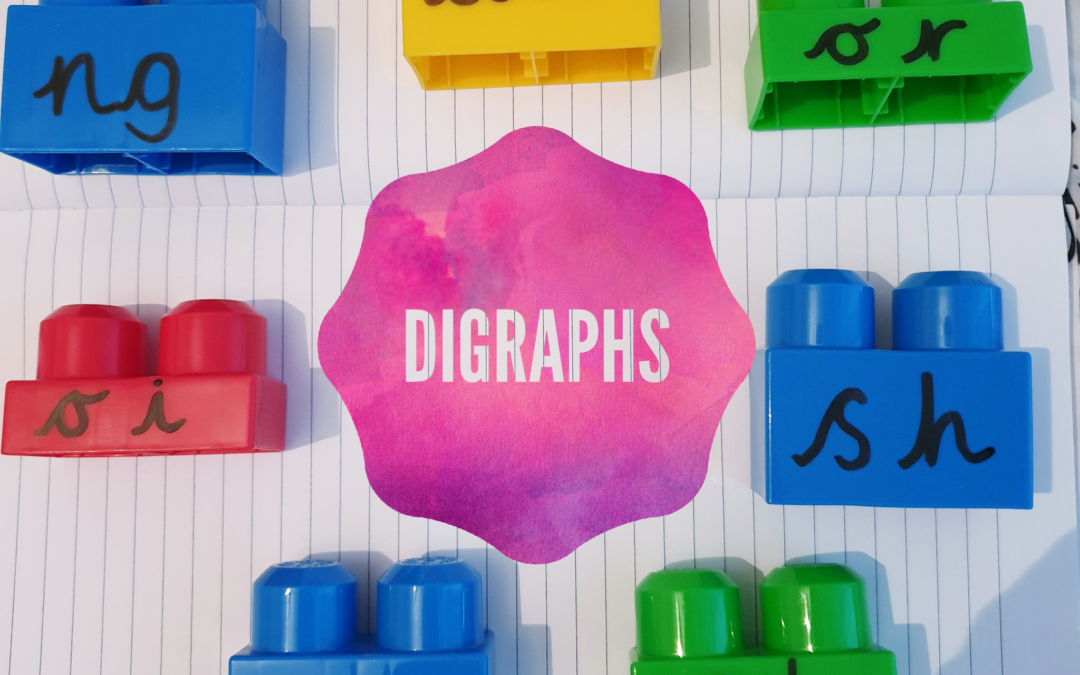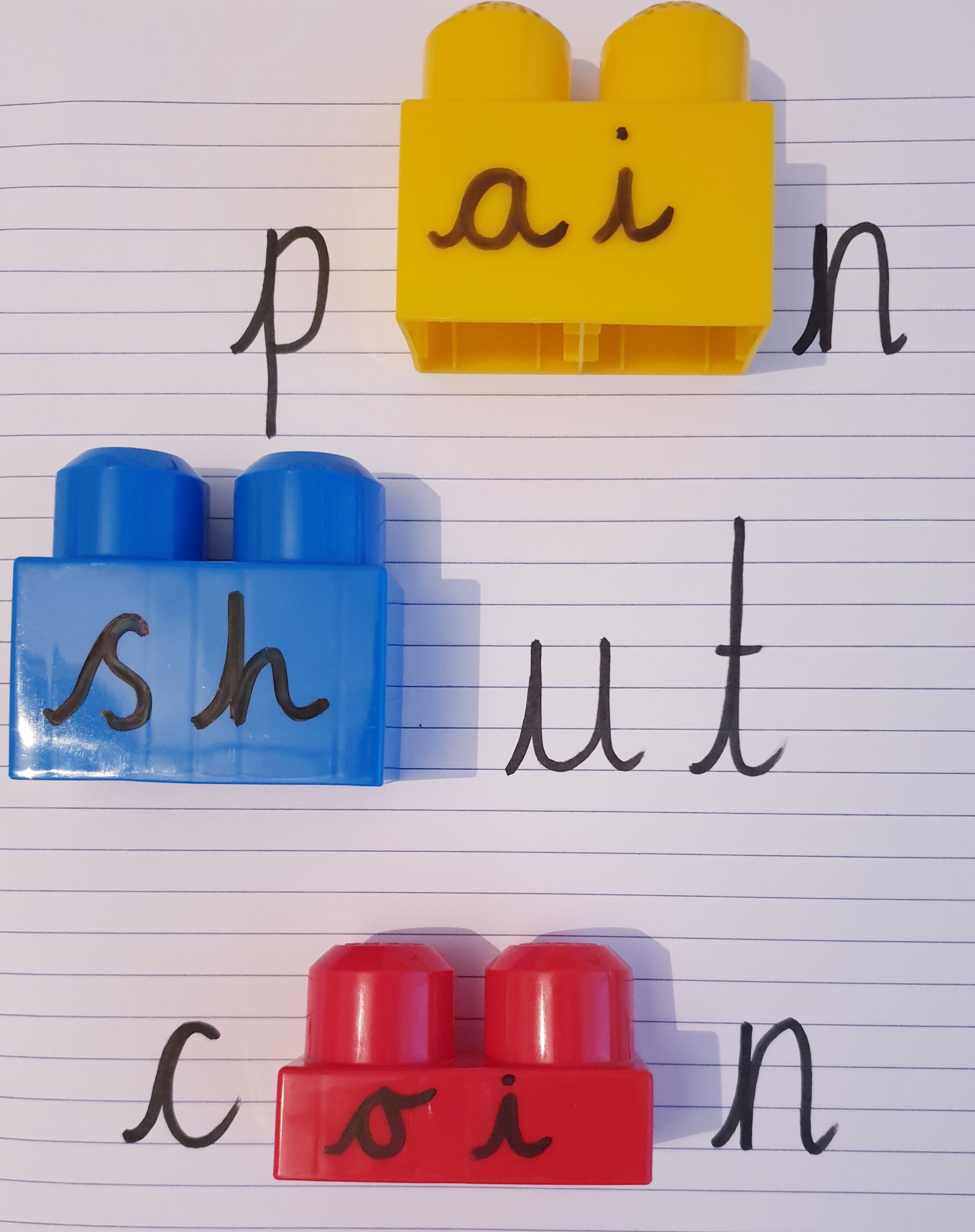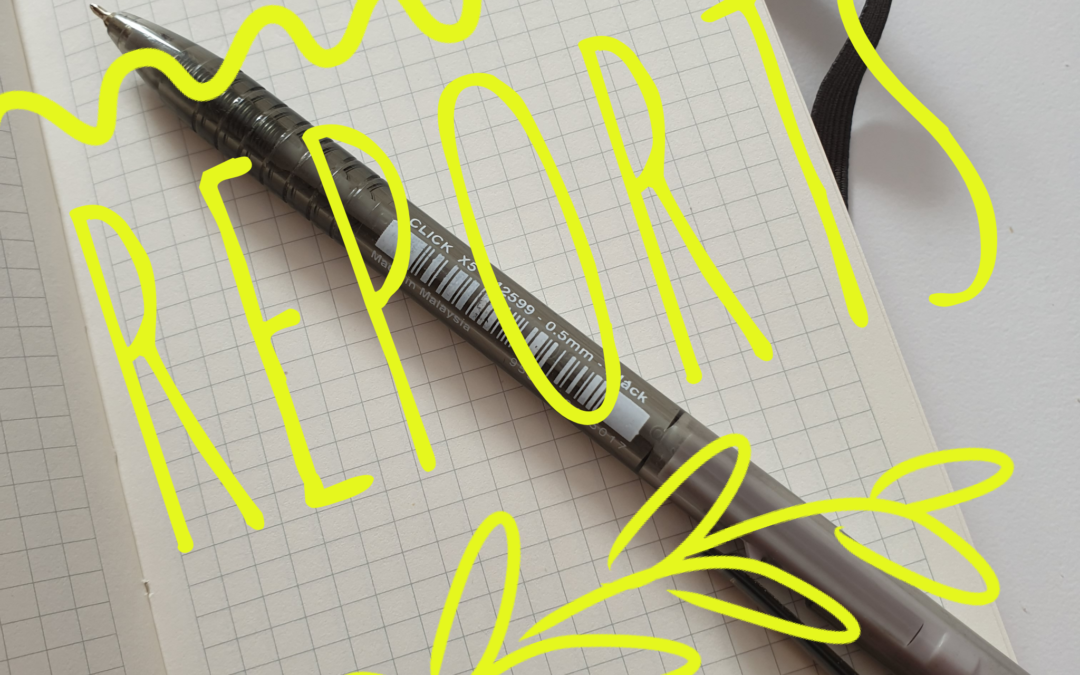
Making Sense of Reports
As we are edging closer to the end of the academic year, we thought it would be a wise idea to talk about reports. Reports, do exactly what they say on the tin, tell you (report to you) what your child has achieved (attained) throughout the year. Every school has a unique way of reporting back to you this information, but hopefully by deciphering the key terms, this blog post should help you understand how your child is doing academically.


If your child is in Reception, then you are likely to have seen these terms in your child’s report. The Early Years Foundation Stage (EYFS) curriculum is slightly different to the rest of the school and therefore it is assessed in a different manner. Throughout the year your child’s teacher will be assessing your child’s development and attainment against 7 key areas:
- Personal, Social and Emotional Development
- Communication and Language
- Physical Development
- Literacy
- Mathematics
- Understanding the World
- Expressive Arts and Design
Alongside these areas of learning, your child’s learning behaviours will also be reported upon. In reception we call these the ‘characteristics of effective learning’ (CoEL) and they focus on HOW the children learn rather than what they know. There are 3 characteristics that have been identified by the EYFS: playing and exploring, active learning and creating and thinking critically.
At the end of the year, in your child’s report, you may also notice the term ‘Good Level of Development‘ (GLD). If your child has met the expectations for the end of the year across 5 of the 7 key areas they will have achieved a ‘good level of development’.
The 7 key areas (listed above) have three end of year outcomes:
- Expected – your child has made expected progress throughout the year
- Emerging– your child has not quite met the expectations (is working below the expected level)
- Exceeding– your child is working above the expected level
For your child to achieve a GLD during their foundation school year that must have achieved an expected or exceeding judgment in the three prime areas of learning (personal, social and emotional development; communication and language; and physical development) as well in Literacy and Mathematics.
For a more in depth read on the EYFS framework and it’s assessment during the Foundation year; click on the button.
To read the Department of Education’s publication on the Early Years Outcomes; click on the button.

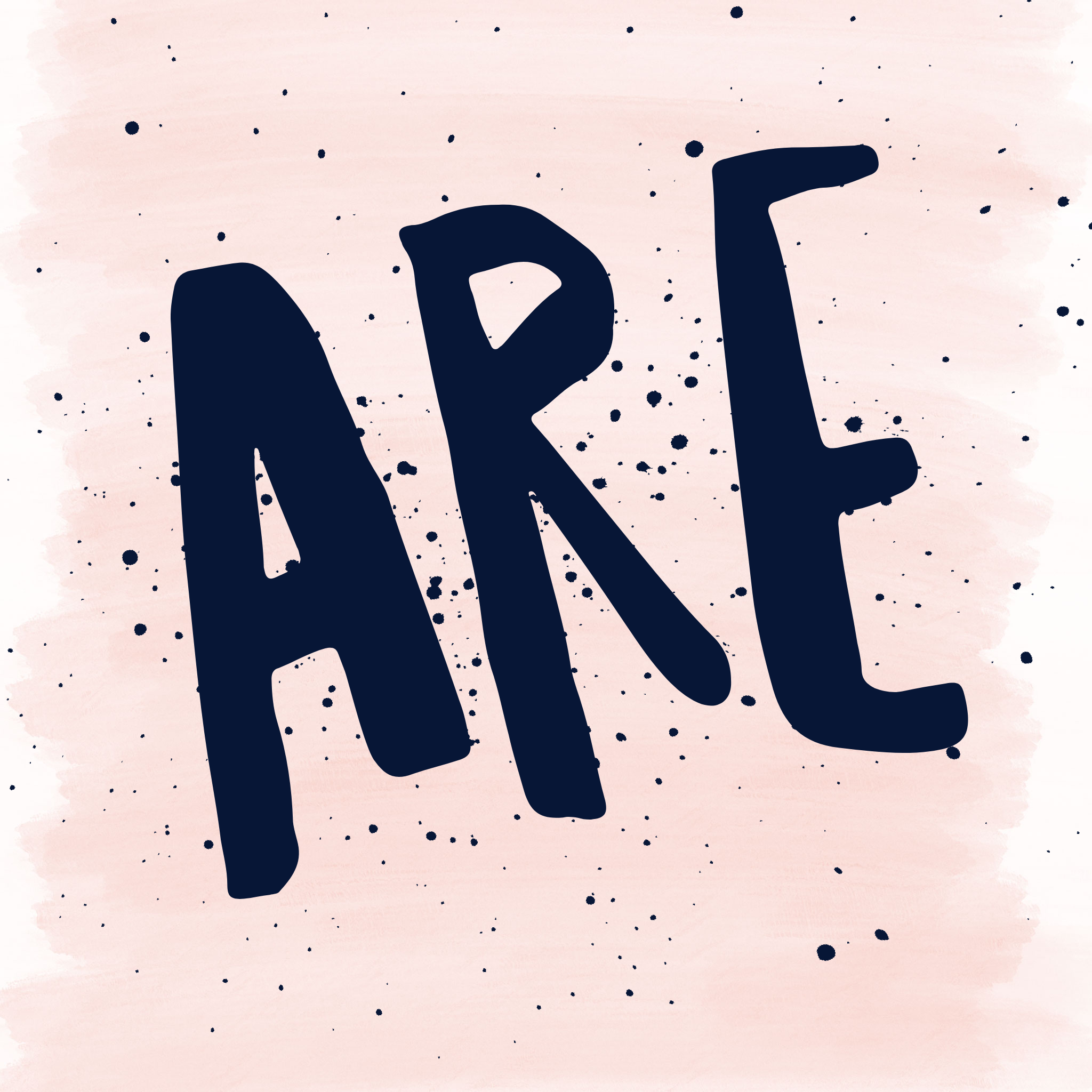
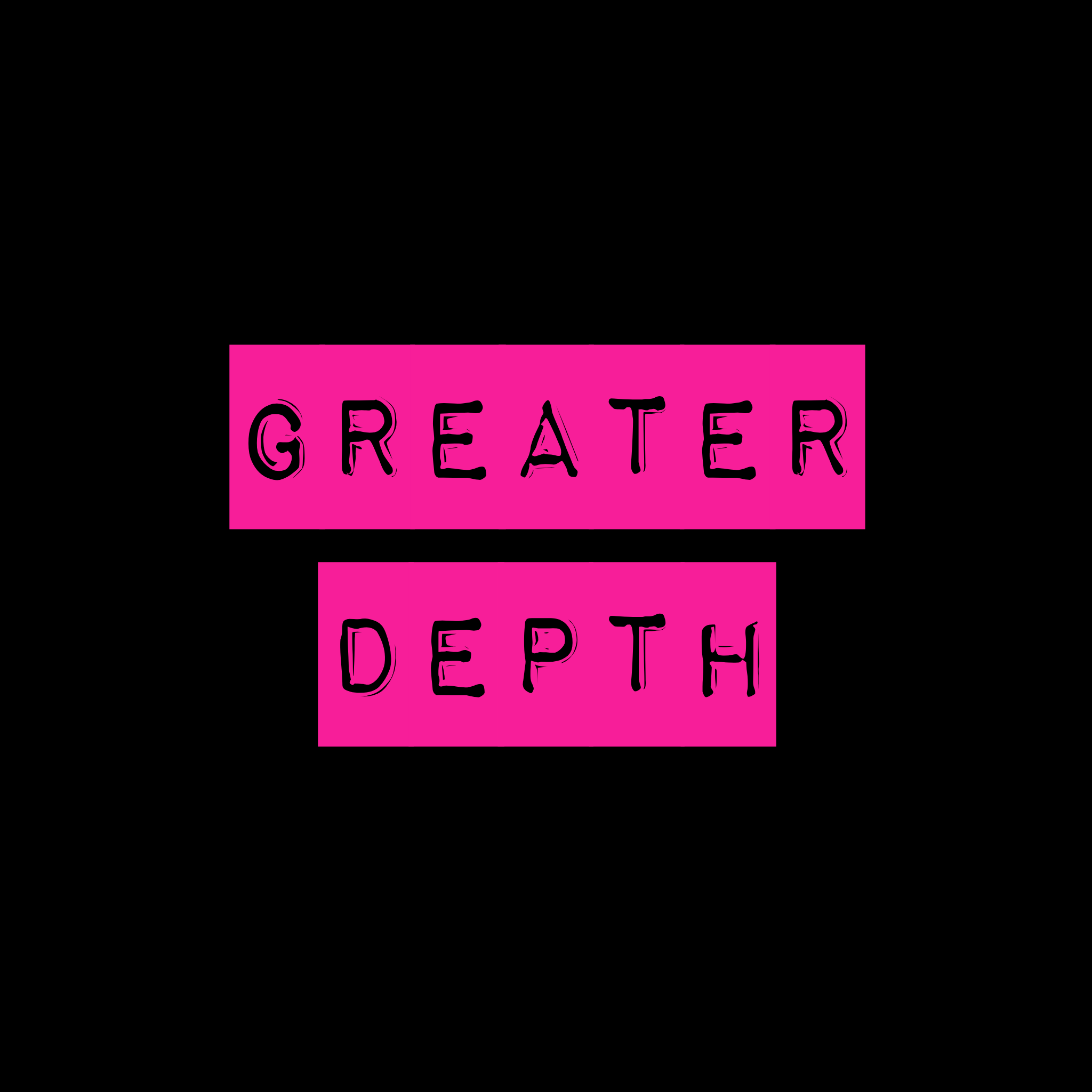
If your child is in Year 1-6 then you may see the term ‘ARE’ in their report. ARE stands for Age Related Expectations and these are a set of objectives that the National Curriculum has set out for each year group. Your child’s teacher will assess whether your child has met these objectives for the year group and will state this in their report using the following terms:
- Working Towards – not yet met the objectives for that year group
- Working At – meeting the objectives for that year group
- Working at Greater Depth – mastered the objectives for that year group
This school’s website lists the ARE for each year group for reading, writing and maths.
If you have a spare 5 hours (!!) here is the National Curriculum for Primary Schools (KS1 & 2).


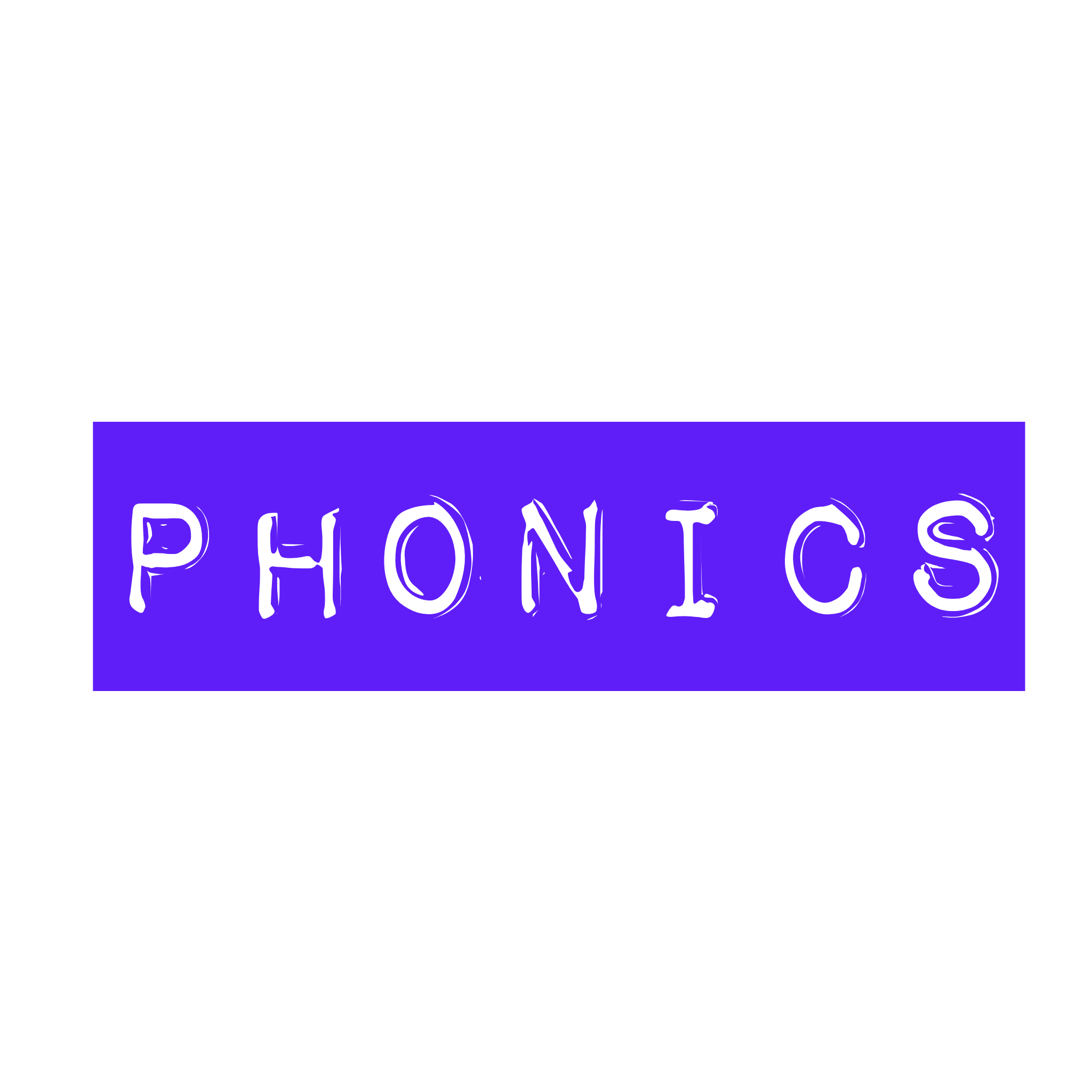
Phonics
During the summer term, your child will have taken part in a Phonics Screening assessment. This is a tool used to help teachers assess how well your child can blend the sounds that they have learnt across Foundation and Year 1. There is a total of 40 real words and non words that you child will have had to read and in order to pass this assessment they will have had to read 32 of them accurately.
SATS
Just a little note about SATS here as you may be getting these results too in a letter or separate section on the school report. SATs (Standard Assessment Tests or End of Key Stage Assessments) are tests which children sit in Year 2 and 6. The results are given using the same language as we have talked about above; Working Towards, Working At and Greater Depth for Reading, Maths and SPAG which is spelling grammar and punctuation. These are tests that children will have taken in school during May. Teachers give an assessment for Writing as there are no writing tests.
Year 2 tests work slightly differently to Year 6 as they inform teachers decisions about your child’s assessment and they are marked in school. If your child is Working Towards, don’t panic. There may be many reasons for this and we would advise popping into school if you have any concerns. Your teachers will be able to talk you through any areas which your child found difficult and give you ideas to help at home or explain how they can offer extra support in school.
Year 6 SATs are sent off to be marked and the results are given as scaled scores. Don’t let this confuse you, I’ll give you the basic version beacuse it is, in fact, very confusing!! Basically if your child scores 100 or more then they have passed and get ARE (Age related expectation for year 6) and if they score lower than this then they are Working Towards. The score helps you to see how far off they were, for example 98 is very close to 100 and your child is probably very ready for Secondary School. As with the above comments please don’t panic if your child hasn’t passed or got a low score, pop into school and have a chat to their teacher if you would like to find out how to help them at home. The tests only measure part of your child’s knowledge on one particular day and there is so much they miss; sporting ability, kindness, loyalty, empathy, listening skills, artistic creativity and the list goes on. There is lots of controversy about the testing of children at a young age, but that’s for a whole other blog post at another time!!
For now, we hope you have received a report which, with these little jargon busters, makes sense and is a true reflection of your child’s unique personality and values all of their qualities. Any questions, as always contact us via social media or in the comment section below.
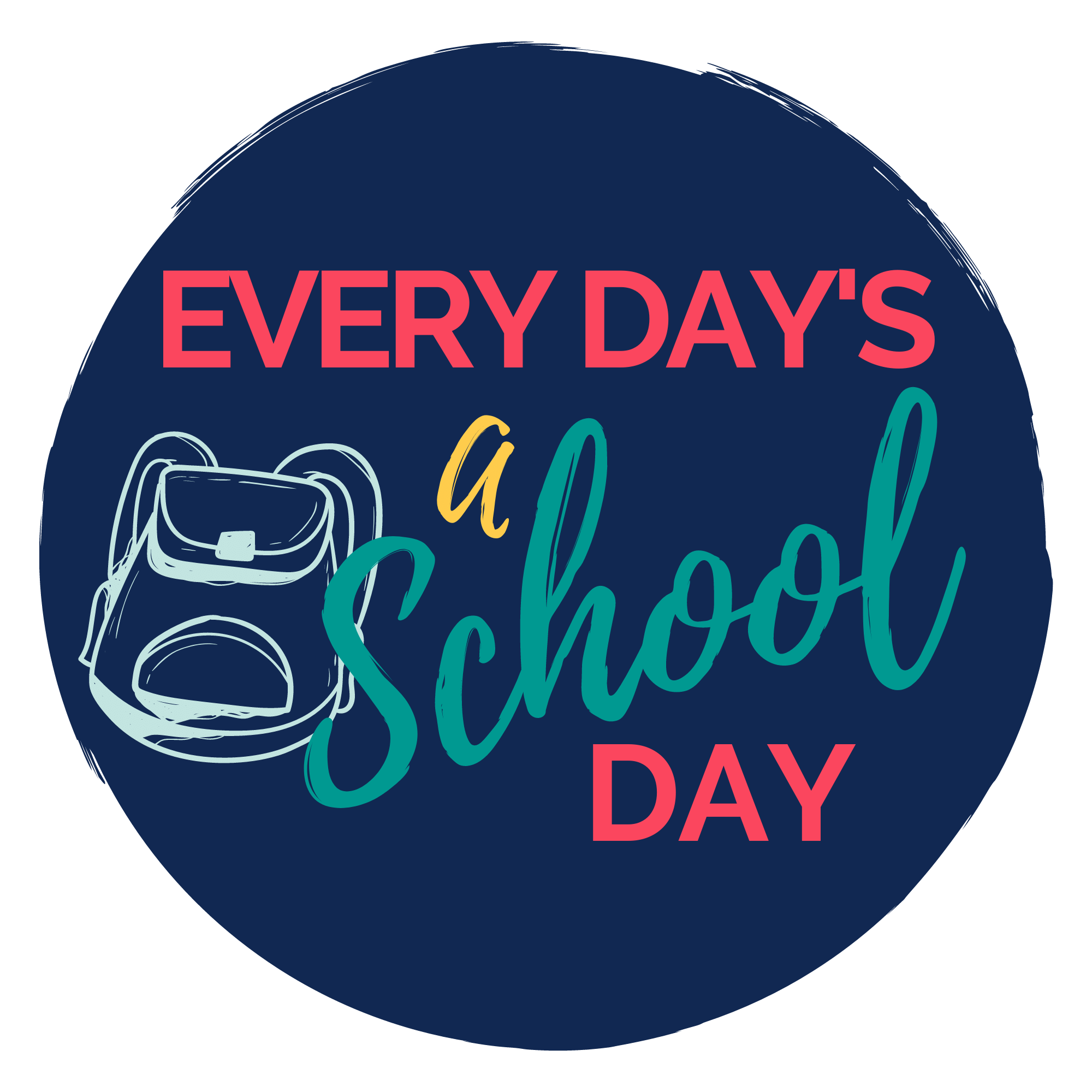
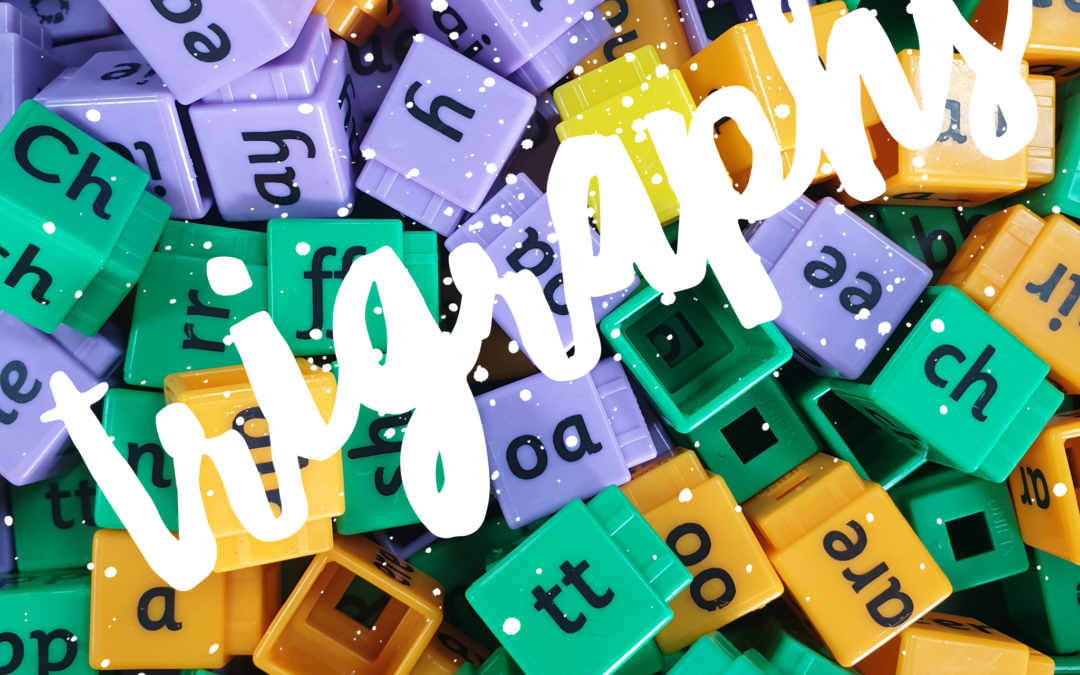
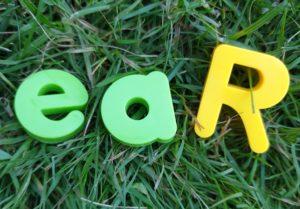
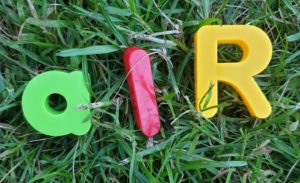

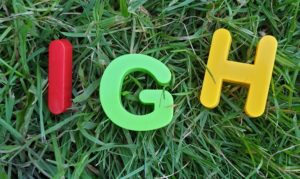
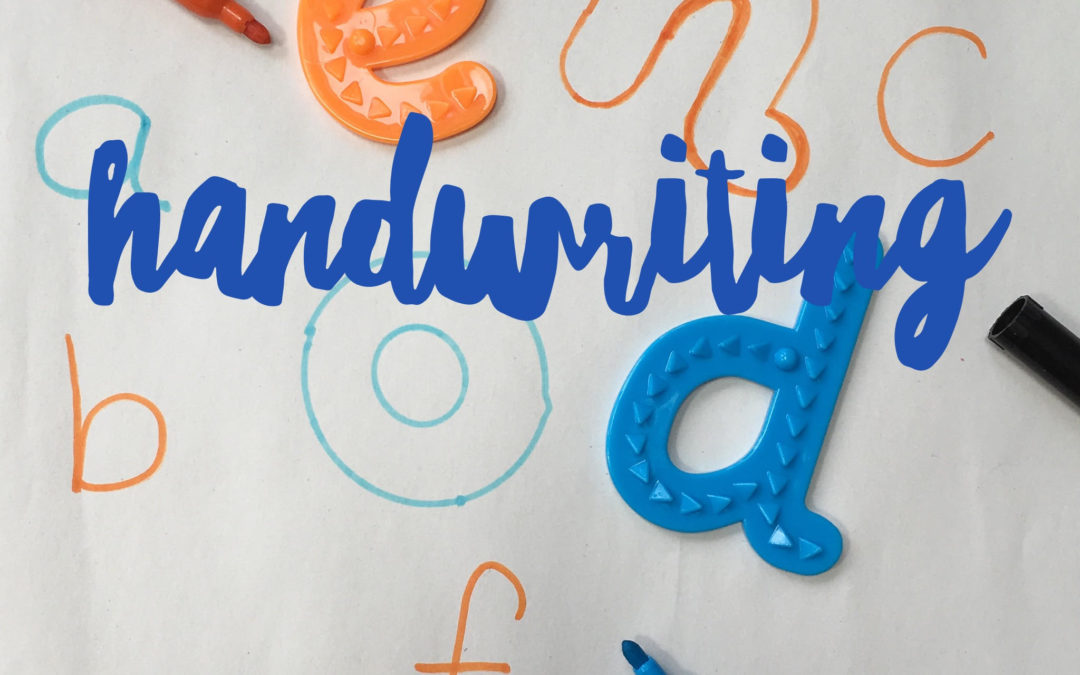
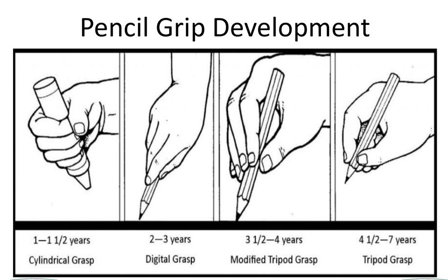
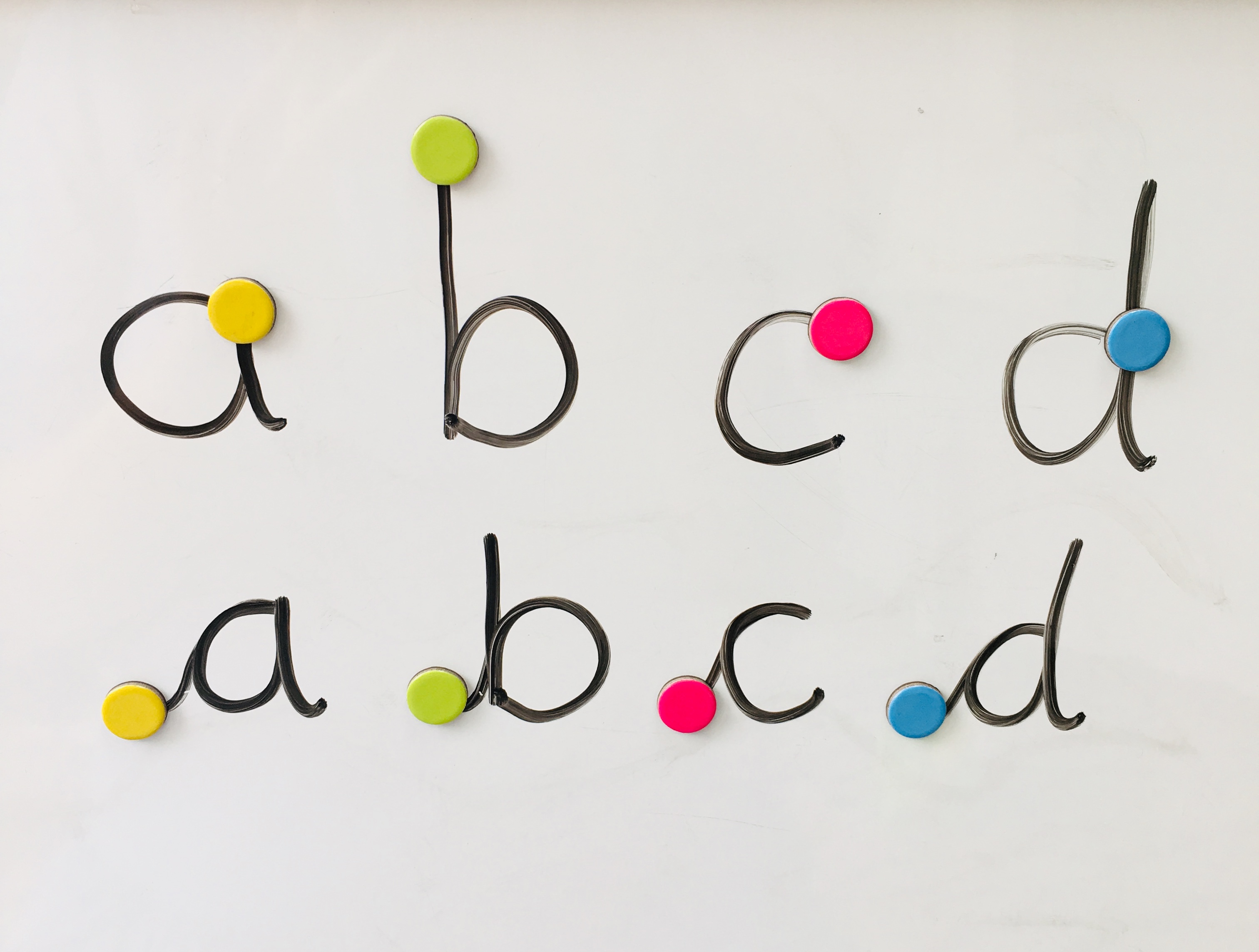
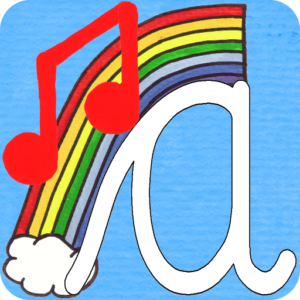 A fun little tracing app with catchy songs and different levels – this is for teaching pre-cursive letter formation.
A fun little tracing app with catchy songs and different levels – this is for teaching pre-cursive letter formation. This is a really funky app with very engaging visuals. Lots of settings to practise letters and words. They do a cursive version too.
This is a really funky app with very engaging visuals. Lots of settings to practise letters and words. They do a cursive version too. No letter formation practise but great for recognition and hearing sounds. There are loads of other paid for alphablocks apps and the TV programmes are fab if you want some help with phonics.
No letter formation practise but great for recognition and hearing sounds. There are loads of other paid for alphablocks apps and the TV programmes are fab if you want some help with phonics.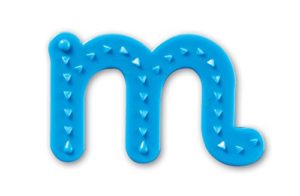 A great little set to use in everyday play. Check our our instagram videos for some ideas!
A great little set to use in everyday play. Check our our instagram videos for some ideas! A lovely little set to use in sand, soil, playdough etc. Trace the shapes, fill the moulds, great for indoors and out!
A lovely little set to use in sand, soil, playdough etc. Trace the shapes, fill the moulds, great for indoors and out!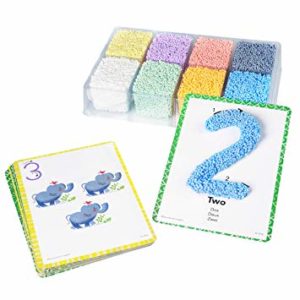 I love playfoam, heres a little set to form numbers which is really practical. They do a letters set too which is capitals.
I love playfoam, heres a little set to form numbers which is really practical. They do a letters set too which is capitals.


